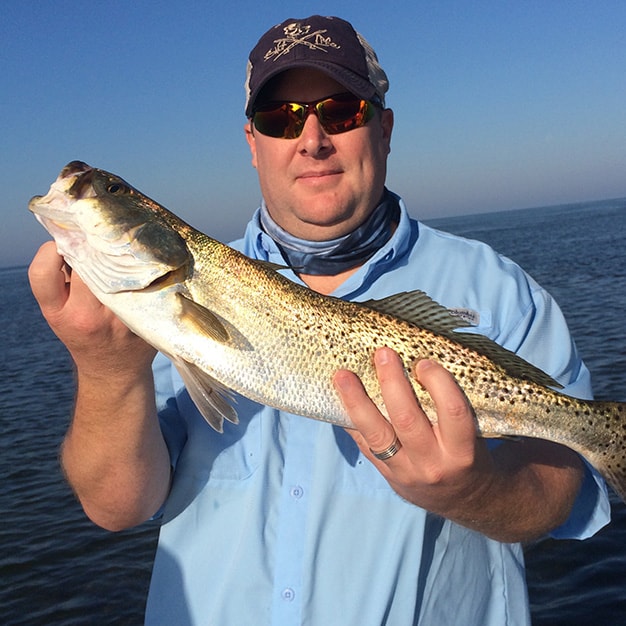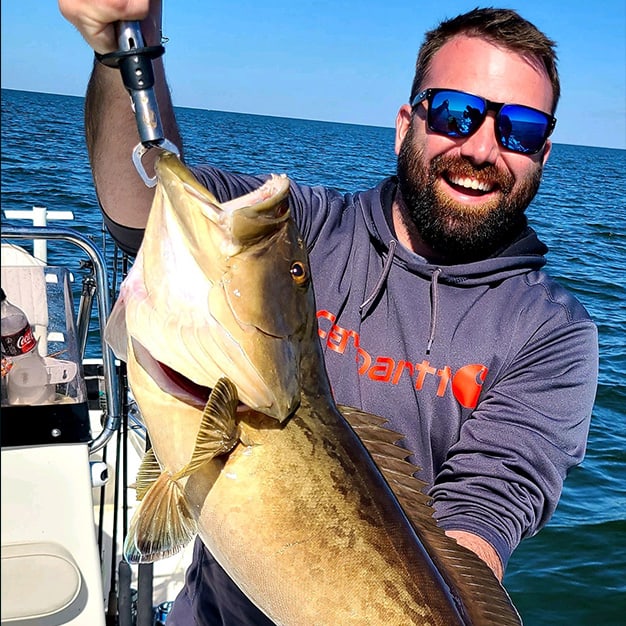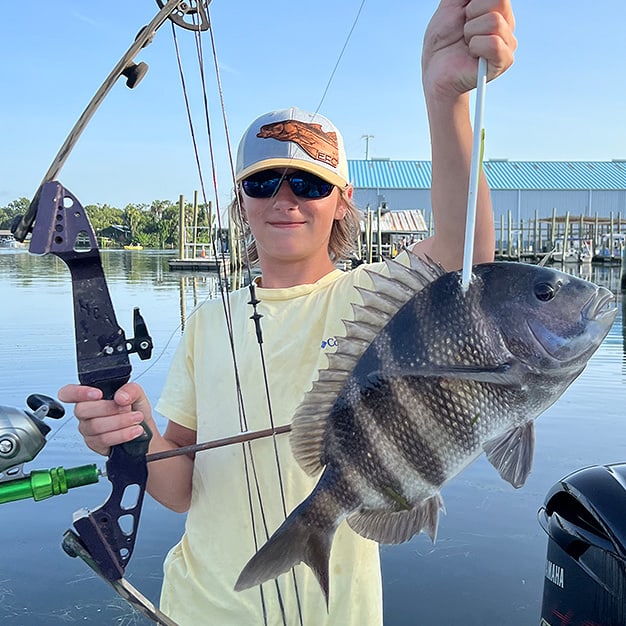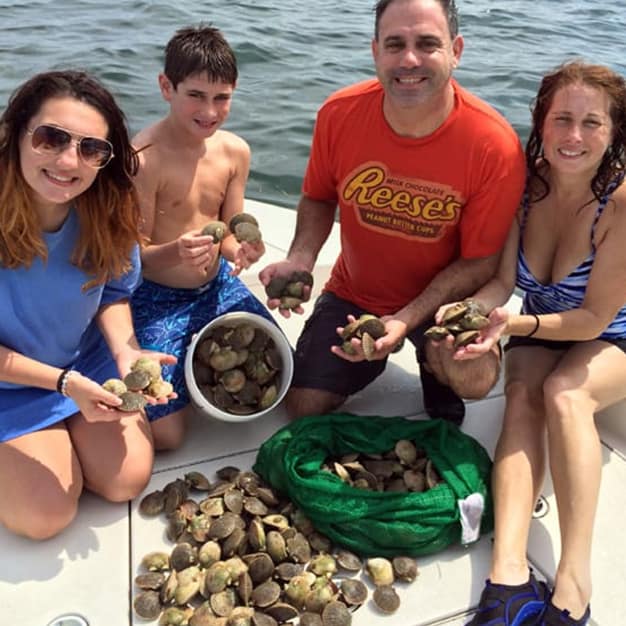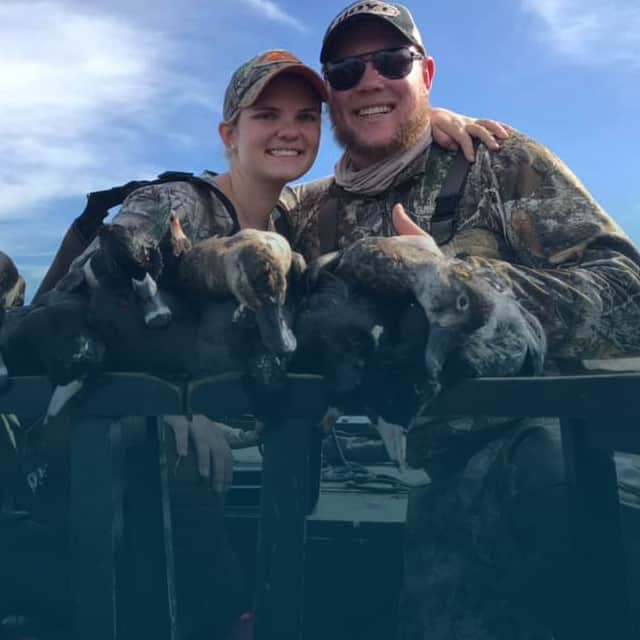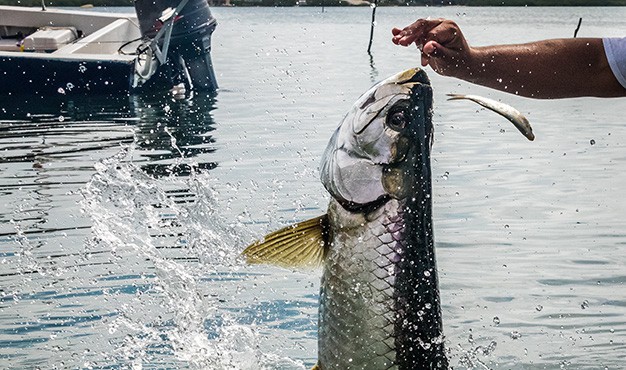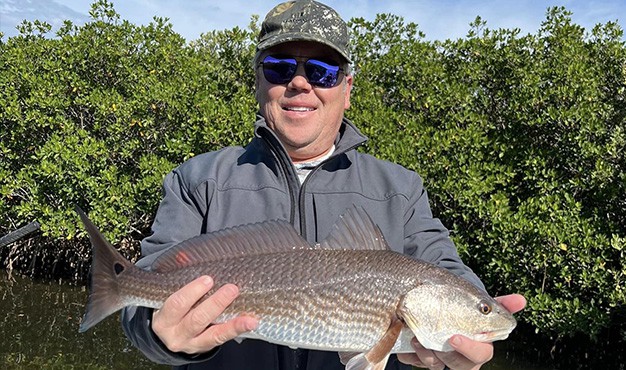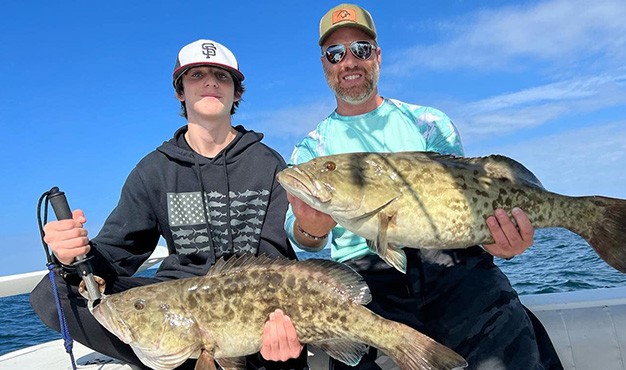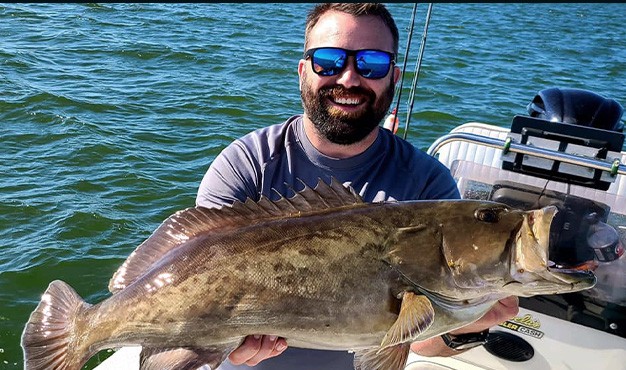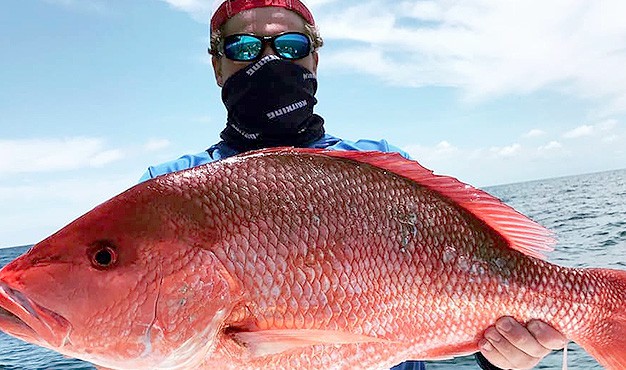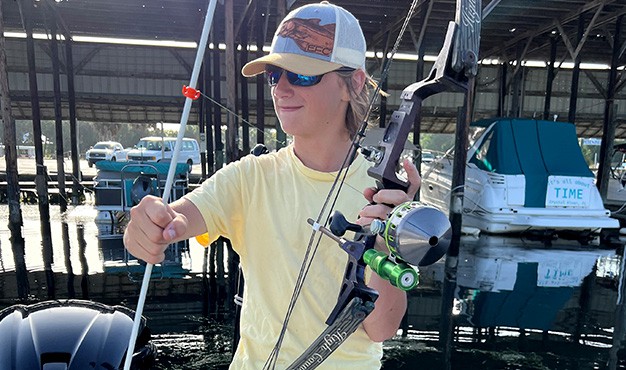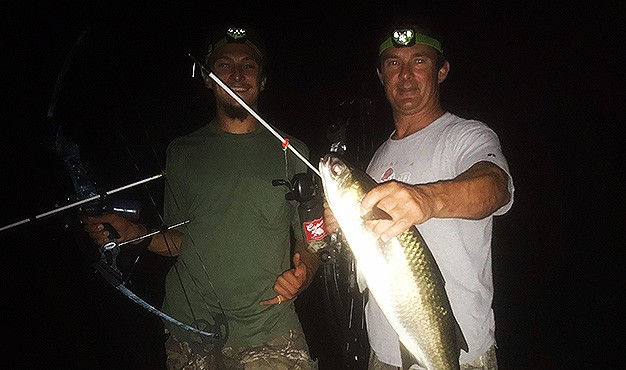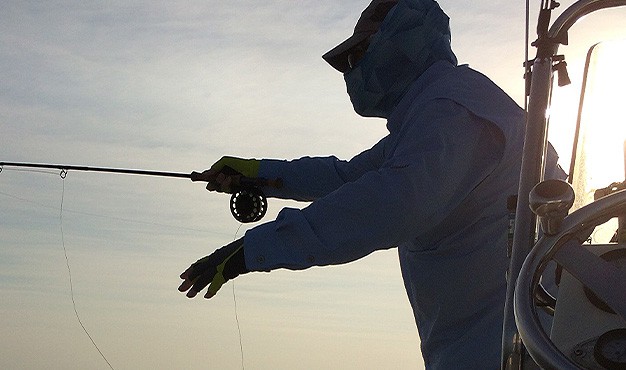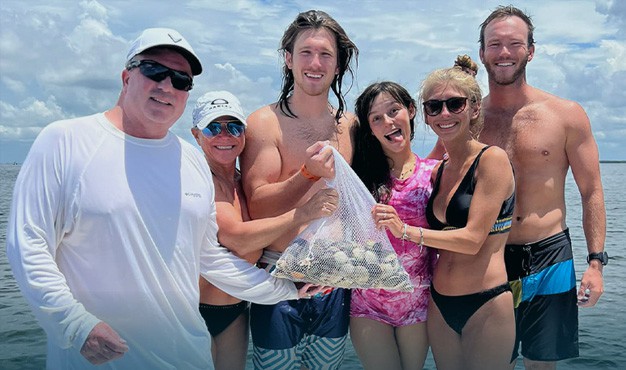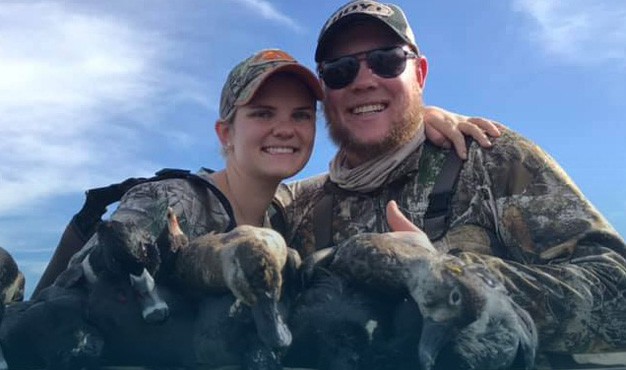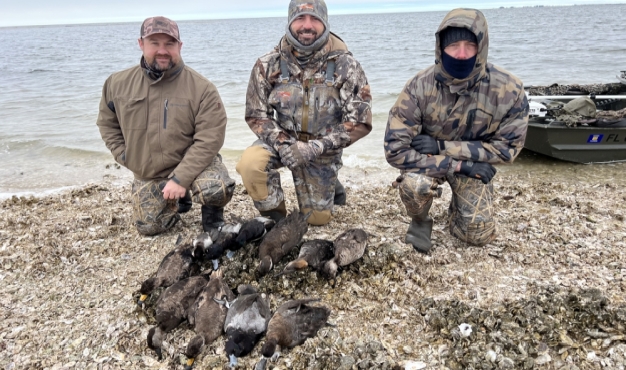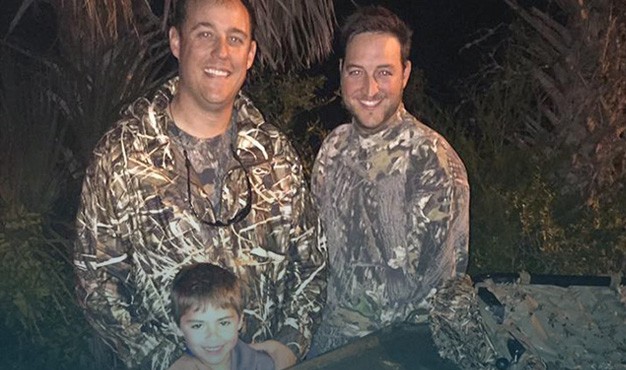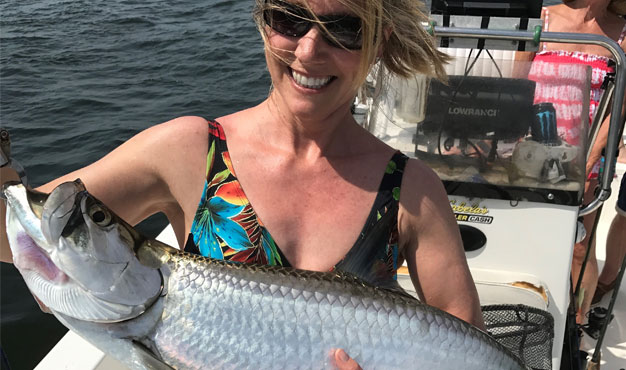
If you're looking for an unforgettable fishing experience, tarpon fishing in Crystal River, Florida, should be at the top of your list. Known as the "Silver King," tarpon are one of the most sought-after game fish in the world. Their incredible size, strength, and acrobatic jumps make them a prized catch for anglers of all skill levels. Whether you're an experienced fisherman chasing a personal best or a first-timer looking for the thrill of a lifetime, hooking into a tarpon is an adventure you won't forget.
At Salt River Outfitters, we specialize in guided tarpon fishing trips that put you right where the action is. In this guide, we’ll cover everything you need to know about tarpon fishing in Crystal River, from the best times to fish and the top fishing spots to expert tips that will help you land the Silver King.
Why Crystal River is a Top Destination for Tarpon Fishing
Located on Florida’s Gulf Coast, Crystal River is famous for its pristine waters, abundant wildlife, and thriving fishery. While most anglers associate tarpon fishing with destinations like the Florida Keys or Boca Grande, Crystal River remains an underrated gem when it comes to targeting these incredible fish.
One of the biggest advantages of fishing for tarpon in Crystal River is the lack of heavy fishing pressure. Unlike some of Florida’s more famous tarpon hotspots, where boats can be packed shoulder-to-shoulder, Crystal River offers a more secluded and peaceful experience. The region is also home to an abundant baitfish population, making it a prime stop for tarpon as they migrate along Florida’s Gulf Coast.
Beyond the fishing itself, Crystal River is simply a beautiful place to be. The area is known for its spring-fed rivers, lush mangrove-lined shores, and incredible wildlife, including dolphins, manatees, and various bird species. When you’re out on the water here, it’s more than just a fishing trip—it’s an immersive outdoor adventure.
Best Time to Fish for Tarpon in Crystal River
Tarpon are migratory fish, meaning they aren’t in Crystal River year-round. However, when they do show up, the fishing can be absolutely spectacular.
The best time for tarpon fishing in Crystal River is from April through July, with peak action typically occurring in May and June. During this time, large schools of tarpon move through the area, feeding aggressively as they continue their migration.
In April and early May, the first waves of tarpon begin arriving, and anglers who hit the water early in the season can enjoy great fishing with less competition. By mid-May through June, the migration is in full swing, and the waters around Crystal River are teeming with fish. This is the absolute best time to target tarpon, as they are actively feeding and more likely to strike. As July approaches, tarpon fishing is still strong, though some of the larger schools start to thin out as the fish move north.
In addition to the right time of year, it’s also important to fish during the best times of the day. Tarpon are most active early in the morning and late in the afternoon, especially when the tides are moving. These are the prime times to catch tarpon rolling on the surface and actively feeding.
Where to Find Tarpon in Crystal River
Finding tarpon is all about knowing where they like to stage, feed, and travel. In Crystal River, tarpon can be found in a variety of different habitats, depending on the tide, weather, and time of year.
One of the best places to target tarpon is on the shallow flats and estuaries surrounding the Crystal River area. These flats are rich in baitfish, which makes them an ideal feeding ground for tarpon, especially in the early morning hours when they are actively searching for food.
As the season progresses, tarpon can often be found in nearshore waters and coastal areas, where they gather in large schools. Many anglers have success spotting them rolling on the surface or tailing in Homosassa Bay and the Spoil Islands, where they stage before continuing their migration.
Tarpon also frequent river mouths and deeper channels, particularly when the tide is moving. The Crystal River and Salt River channels are excellent areas to find tarpon during both incoming and outgoing tides. These deeper waters offer protection and access to food, making them a prime staging area.
Though Crystal River doesn’t have large bridges like some other tarpon hotspots, the fish will gather near deep-water structure, including docks, mangrove-lined shorelines, and rocky outcroppings. These areas can be particularly productive when fishing with live bait, as tarpon will use the cover to ambush schools of baitfish.
Weather and Water Conditions for Tarpon Fishing
While knowing the season is crucial, understanding how weather and water conditions impact tarpon behavior can make the difference between a slow day and an action-packed one.
Water Temperature: Tarpon prefer warmer waters, typically between 75-85°F. If the water temperature drops too low, they will become sluggish and less likely to bite.
Tides and Currents: Moving water is key when targeting tarpon. Outgoing tides often produce the best bites, as baitfish are flushed out of the estuaries, making them easy targets. Strong currents can also position tarpon in deeper channels where they wait to ambush prey.
Wind Conditions: While light winds can help create natural movement in the water, strong winds can make spotting rolling tarpon more difficult. However, a slight chop on the surface can make tarpon less skittish, increasing your chances of getting a bite.
Moon Phases: Many experienced anglers believe tarpon fishing improves around the full moon and new moon phases due to stronger tidal movements. These phases can trigger increased feeding activity, especially at dawn and dusk.
Tackle and Gear for Tarpon Fishing
Tarpon are one of the toughest game fish in the world, so you need the right gear to handle their sheer power and endurance.
A heavy-action spinning or conventional rod between 7’ and 8’ is ideal for battling these giants. Pair this with a high-quality spinning reel (6000-8000 series) or conventional reel that has a strong drag system, as tarpon are known for their long, drag-screaming runs.
For the mainline, a 50-80 lb braided line is recommended, as it provides the strength needed to handle big fish while maintaining a relatively small diameter for long casts. Since tarpon have rough mouths and sharp gill plates, a 60-100 lb fluorocarbon leader is crucial for preventing break-offs.
When it comes to hooks, 5/0 to 7/0 circle hooks work best when using live bait, while large treble hooks can be effective for artificial lures. If you’re fly fishing, a 10-12 wt fly rod with floating or intermediate sinking line is ideal, along with flies that mimic baitfish or crabs.
For bait, live pass crabs, mullet, pinfish, and threadfin herring are top choices. If you prefer artificial lures, try soft plastic swimbaits, topwater plugs, or large suspending twitch baits.
Techniques for Catching Tarpon
One of the most exciting ways to catch tarpon is sight fishing, where you actively look for tarpon rolling on the surface and cast directly to them. This technique requires patience and precision, as you need to make accurate casts without spooking the fish.
Another effective method is drifting live bait, where you allow the current to carry your bait naturally through an area where tarpon are feeding. This technique is especially productive in deeper channels and river mouths.
Some anglers use chumming to attract tarpon, either by cutting up baitfish or tossing live chum into the water to create a feeding frenzy. This can be particularly useful when fishing in areas with high tarpon activity.
For fly fishing, presentation is key. Cast slightly ahead of a rolling tarpon and use slow, steady strips to mimic the movement of a wounded baitfish or crab.
Regulations and Conservation
Tarpon are a protected species in Florida, and strict regulations are in place to ensure their populations remain healthy for future generations of anglers. These majestic fish are not only an important part of the marine ecosystem but also a major draw for sport fishing tourism. As such, Florida has implemented rules that prioritize catch-and-release fishing, promote sustainable angling practices, and encourage research to better understand tarpon migration patterns and population dynamics. By following these regulations, anglers can play a key role in preserving tarpon numbers and ensuring that future generations can experience the thrill of battling the Silver King.
Catch-and-Release Rules for Tarpon Fishing
In Florida, tarpon are strictly catch-and-release, except in cases where an angler is pursuing an IGFA (International Game Fish Association) world record and has obtained a special tarpon tag. This regulation is crucial because tarpon are a slow-growing species that can live for over 50 years, meaning excessive harvest could severely impact their population. The state enforces these rules to protect the species from overfishing while still allowing anglers to enjoy the thrill of targeting them. Additionally, any tarpon over 40 inches must remain in the water, meaning lifting them onto a boat for photographs is not permitted. These laws help minimize stress on the fish, reduce injury, and increase survival rates after release.
Handling Tarpon Properly
Because tarpon are a valuable sport fish, proper handling is essential to ensuring their survival after being caught. Tarpon have large, bony mouths, making them difficult to hook, and they exert an incredible amount of energy during a fight. Once landed, it's important to keep the fish in the water as much as possible, as excessive air exposure can lead to exhaustion and reduce their chances of survival. If a photo is desired, anglers should make sure to support the tarpon’s weight by cradling it with both hands, one near the head and the other under the belly, never by gripping its gill plates or holding it vertically. Reviving a tired tarpon before release is equally crucial—holding it upright in the water and gently moving it forward to allow oxygen to pass over its gills can significantly improve its chances of swimming off strong. Following these best practices ensures that the fish can recover quickly and continue its journey.
Tarpon Tagging and Research
Tarpon are an important species for marine research, and various organizations actively tag and track tarpon to study their migration patterns, population health, and habitat preferences. Scientists use satellite and acoustic tagging methods to monitor their movements, providing valuable data that helps in conservation efforts. If an angler catches a tarpon with a research tag, it’s essential to record the tag number, location, and approximate size of the fish before releasing it. Reporting these findings to the organization that issued the tag contributes to ongoing studies that help protect tarpon populations. Some research programs even allow anglers to sponsor a tagged tarpon, giving them the opportunity to follow the fish’s journey through tracking updates. By participating in these initiatives, anglers can help improve our understanding of tarpon behavior and ensure that conservation measures remain effective in maintaining a sustainable fishery.
By following these conservation guidelines and respecting tarpon fishing regulations, anglers can continue to enjoy the excitement of pursuing one of the ocean’s most incredible game fish while also playing a vital role in their protection. Tarpon fishing is about more than just the thrill of the catch—it’s about preserving a legacy for future anglers to enjoy.
Book a Guided Tarpon Trip with Salt River Outfitters
If you’re ready to experience the thrill of tarpon fishing in Crystal River, the best way to ensure success is by booking a guided trip with Salt River Outfitters.
Our experienced guides know exactly where to find tarpon and how to put you in the best position to catch them. Whether you’re a seasoned angler or a first-timer, we provide everything you need for an incredible day on the water, from top-quality gear to expert instruction.
Spots fill up quickly during peak tarpon season, so don’t wait! Book your tarpon fishing adventure today and get ready to battle the Silver King in one of Florida’s most beautiful fishing destinations.
Call 352-427-3610 for Reservations!
That’s right! We only offer the best fishing experiences to all our clients! Whether you come alone or as a couple, or if you’d want to bring friends or kids along, our boats are ready to bring you to the most memorable adventure ever!

